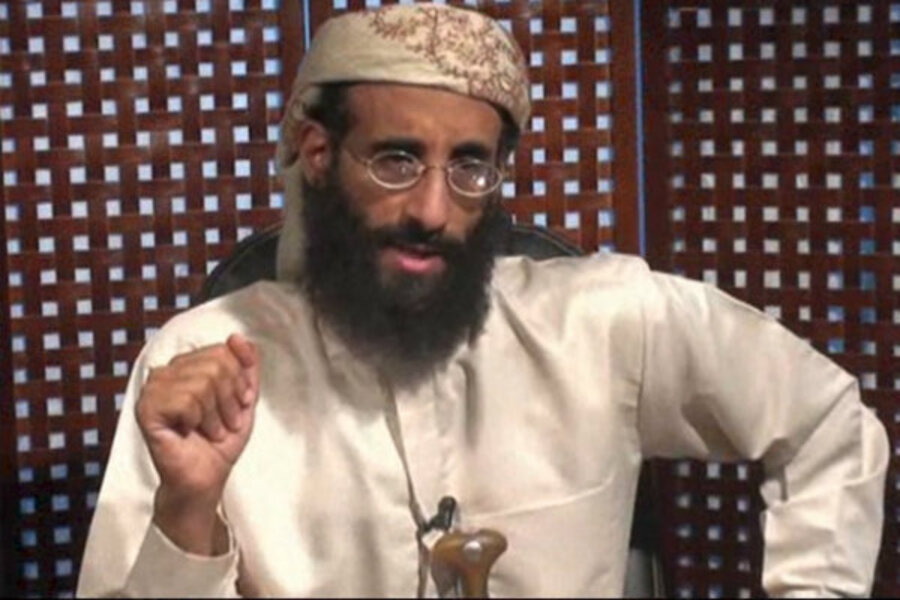US must kill and capture terrorist leaders as soon as possible. It works.
Loading...
| Cambridge, Mass.
The United States made killing and capturing terrorist leaders a key focus of its counterterrorism strategy following the terrorist attacks on September 11, 2001. In addition to getting Osama bin Laden, President Obama’s number one counterterrorism priority upon taking office, his administration has netted scores of other high-profile leaders, including Al Qaeda leaders Anwar al-Awlaki in Yemen and Abu Yahya al-Libi in Pakistan.
The latter successes are direct results of a greatly expanded drone program. According to the New America Foundation, Mr. Obama has launched more than six times as many drone strikes in Pakistan than his predecessor.
But does this “leadership decapitation” work? Does it enhance the security of the states that use it?
Debate over this controversial tactic is growing and currently playing out on the national stage, with critics of these targeted killings just as vocal as supporters.
Critics argue that targeted killings do little to prevent future attacks. Some claim that they may increase recruitment, harden terrorists’ resolve, and trigger retaliatory attacks. Still others highlight the moral and ethical concerns of collateral damage and killing terrorist leaders without due process, especially American citizens such as al-Awlaki. The Obama administration has also recently come under fire after details of its approval process for drone strikes leaked to the press. Some have argued the process is too informal and lacking in oversight.
Conversely, supporters claim that targeting killings reduce the terrorist group’s operational capability by eliminating its most highly skilled members and forcing the group to divert time and resources to protect its leaders. They allege removing leadership causes intra-organizational turmoil and deters others from assuming power. While there are no silver bullets in counterterrorism tactics, killing or capturing leaders can, in some cases, even trigger organizational collapse.
New evidence suggests that killing or capturing terrorist leaders significantly increases terrorist-group mortality rates. In other words, groups stripped of a leader end much faster than those groups whose leaders remain alive and in place.
The evidence is based on research from my dissertation at Stanford University, which is described in detail in an article in the Spring 2012 issue of International Security. To test the effectiveness of targeted killing and capture of terrorist leaders over long periods, I used survival analysis. This is a technique that doctors commonly use to evaluate the efficacy of medical treatments by comparing the survival rates of patients who receive different treatments for the same disease.
In this case, my “patients” were 208 terrorist groups that were active from 1970 to 2008, and “leadership decapitation” was my “treatment.” The findings were robust and consistent. Killing or capturing leaders of terrorist organizations significantly shortened the life span of these groups.
This holds true for groups of different sizes and ideologies, although relative differences exist between types of groups. For example, religious groups are 80 percent less likely to dissolve than nationalist groups based on ideology alone. However, religious groups were almost five times as likely to collapse as nationalist groups after losing their leadership to a targeted killing or capture.
Moreover, the earlier in its life cycle that a terrorist group loses its leadership, the more likely it is to collapse. Killing or capturing a terrorist leader in the first year of a terrorist group’s existence makes the group more than eight times as likely to crumble as a group that retains its leadership. The detrimental effects on a group from loss of leadership diminish by 50 percent in the first 10 years, and after 20 years, killing or capturing a leader may have no effect on the group at all.
Therefore, states that choose to employ this method of eliminating leadership as a counterterrorism tactic should allocate their resources accordingly, concentrating their time and money on killing and capturing leaders of terrorist groups as early in their existence as possible.
Additionally, contrary to a widely cited claim that 90 percent of all terrorist groups last less than one year, I found terrorist groups to be much more durable. The mean lifespan of the groups that collapsed some time during the period of 1970 to 2008 was approximately 14 years.
If terrorist groups last longer than previously believed, then tactics such as killing or capturing leadership, which can increase groups’ mortality rates, deserve special attention. Politicians may ultimately determine the short-term costs associated with this strategy outweigh the benefits, but my findings suggest that the long-term implications of targeted killings need to be part of the decision-making calculus.
It has been said that terrorism will never end, but that terrorists groups do. Getting rid of their leadership makes them end sooner – a fact that policymakers should consider when crafting counterterrorism strategy.
Bryan C. Price, Ph.D., a major serving in the US Army, will serve as the director of the Combating Terrorism Center at West Point this summer. His article, “Targeting Top Terrorists: How Leadership Decapitation Contributes to Counterterrorism,” appears in the Spring 2012 issue of International Security.







